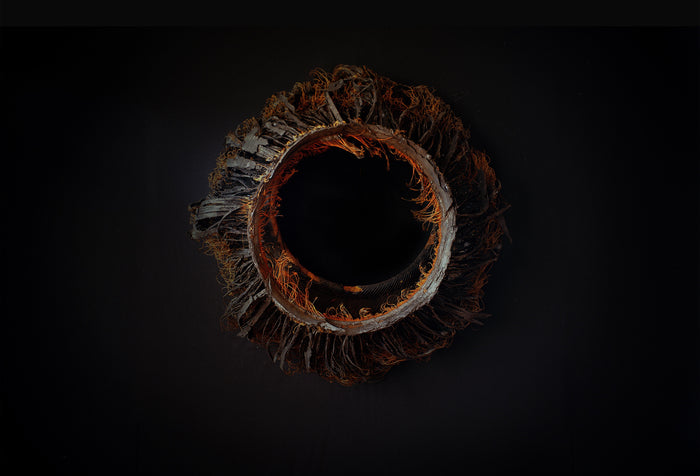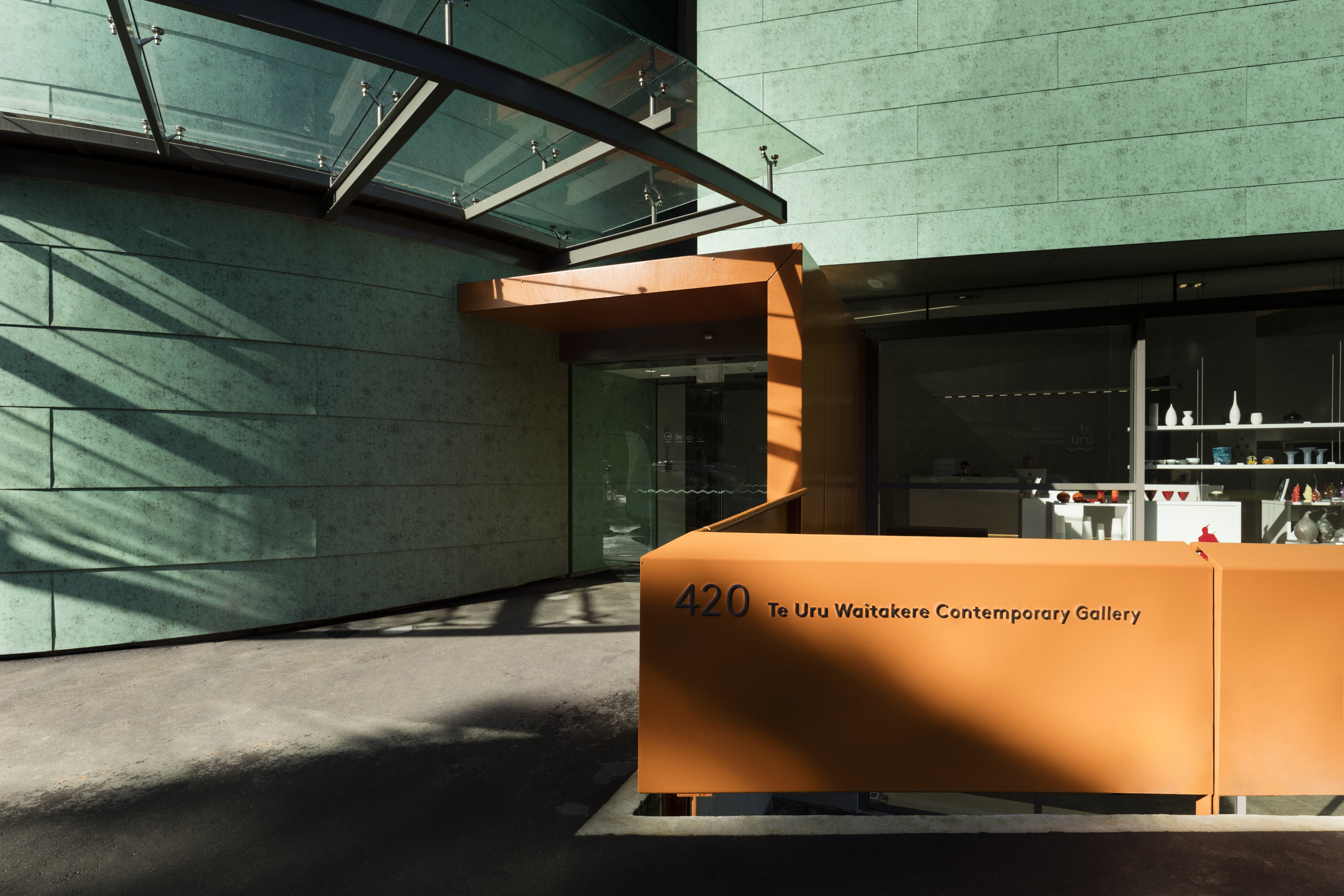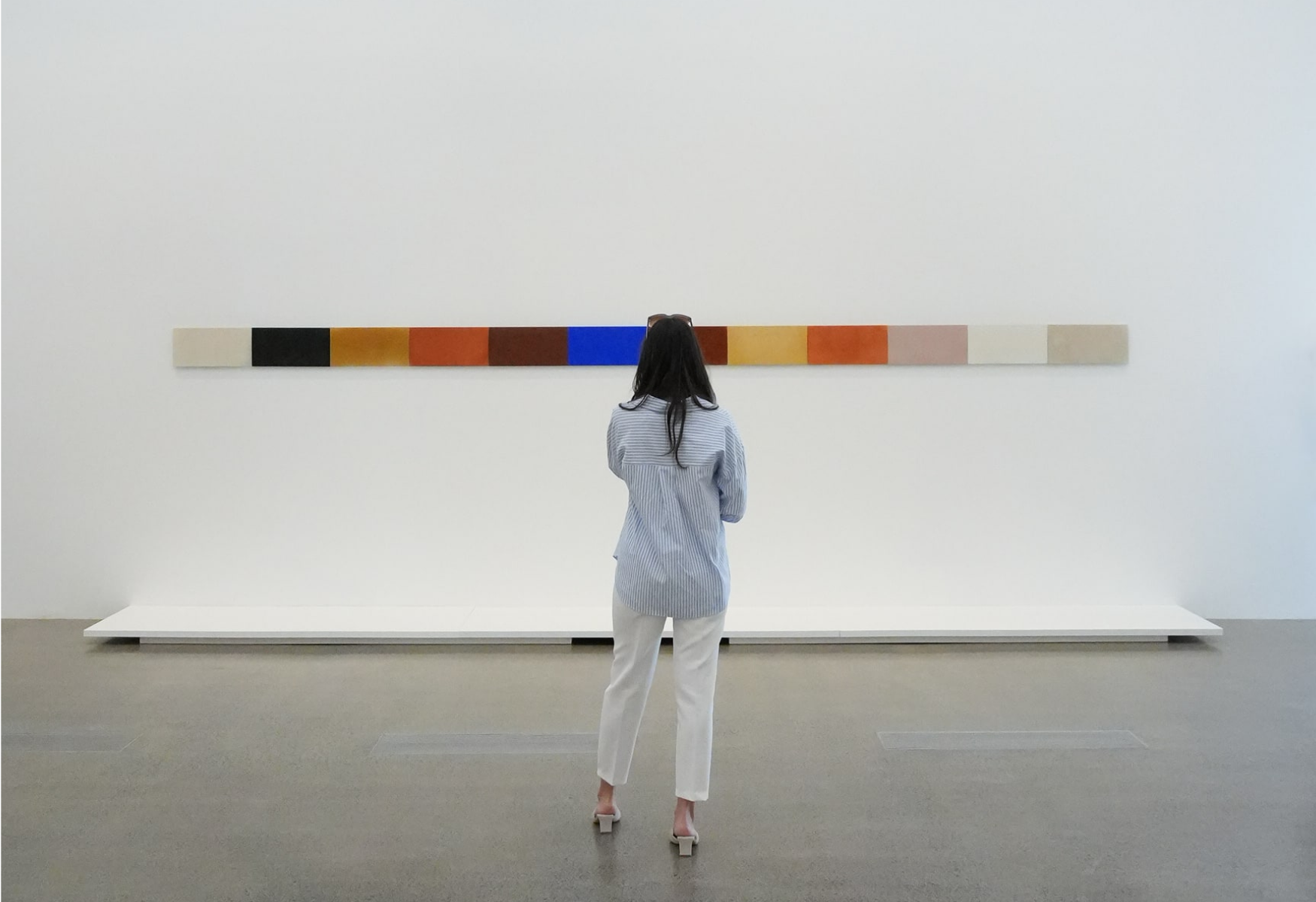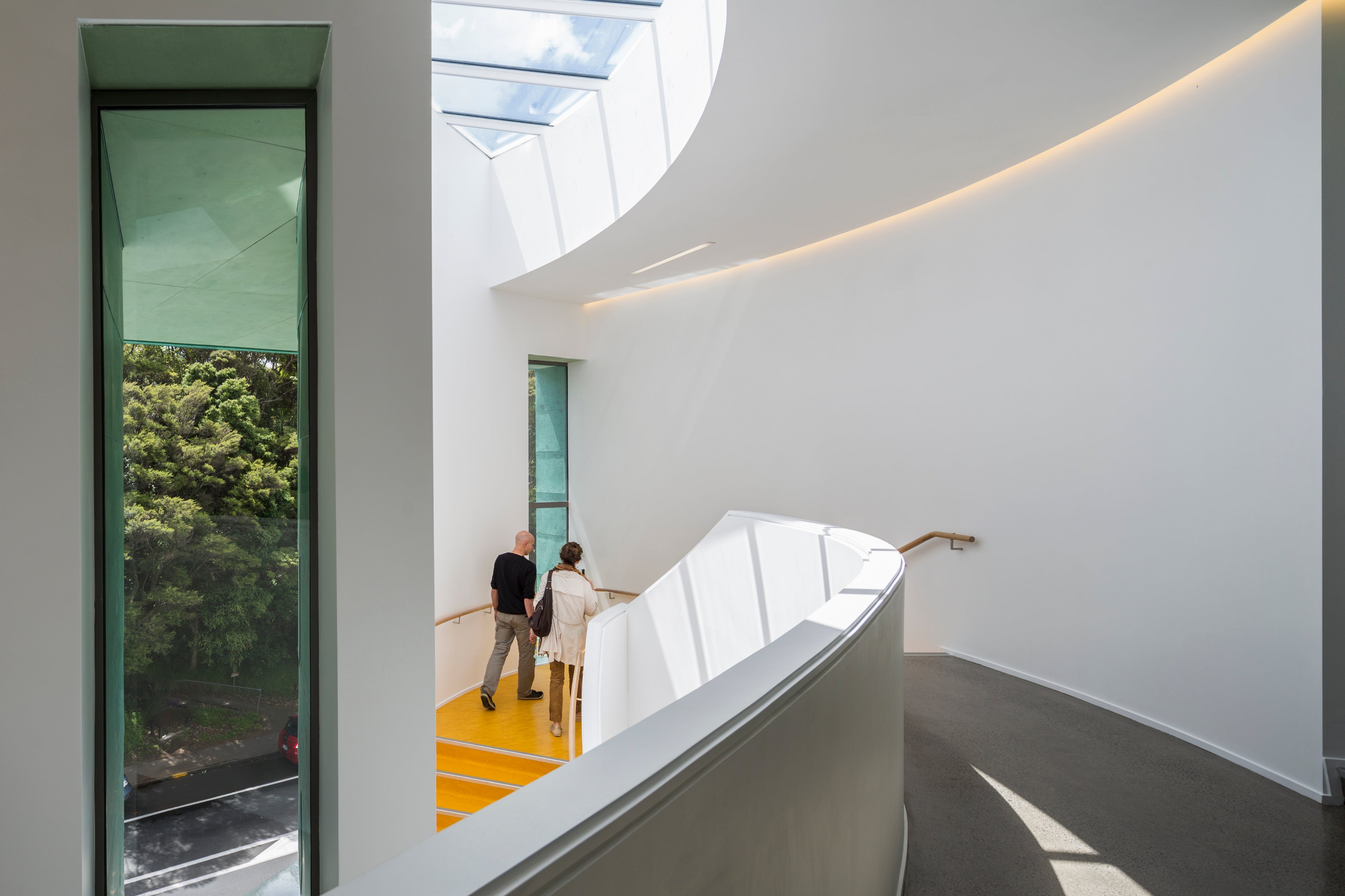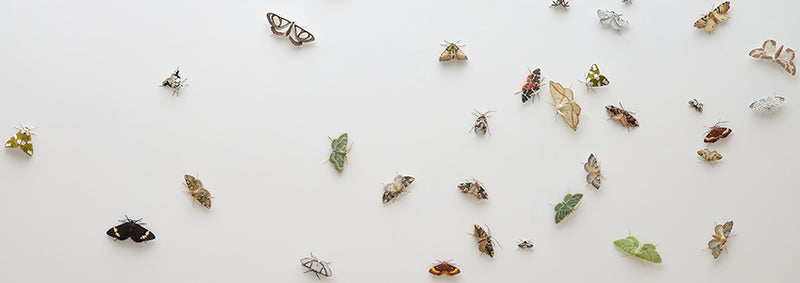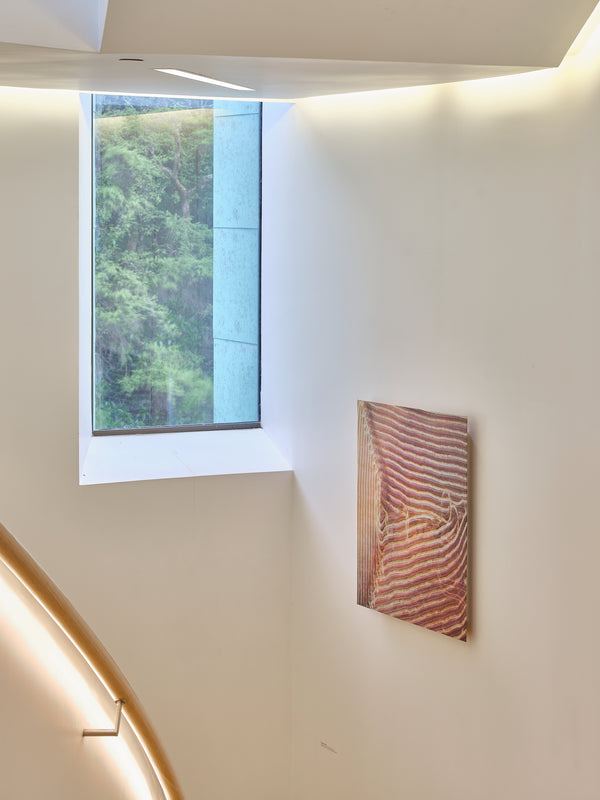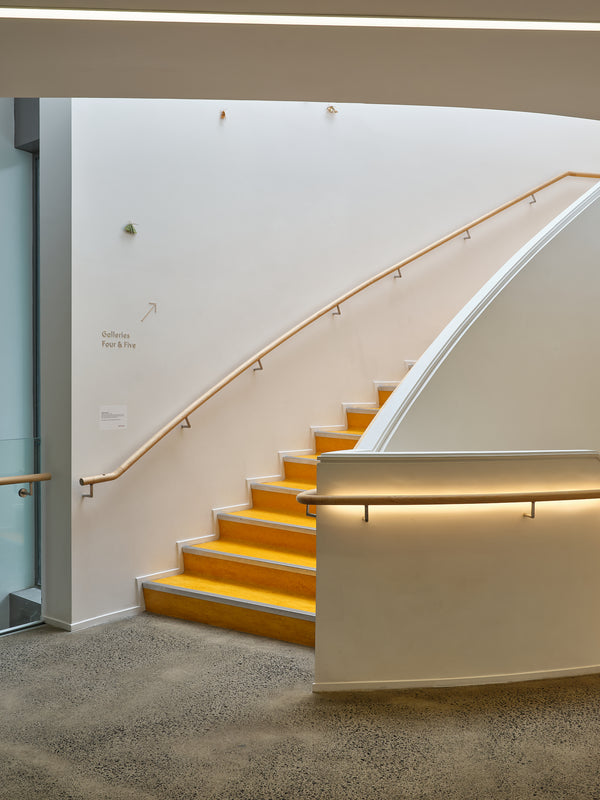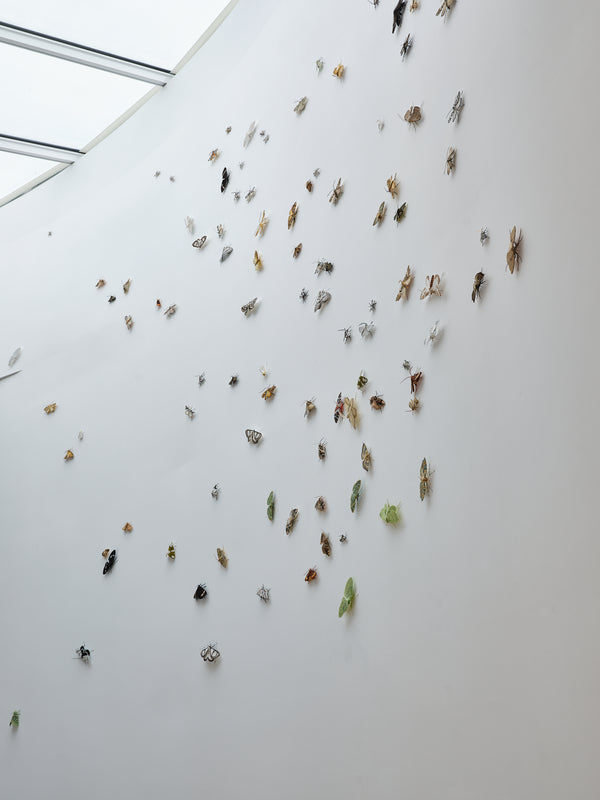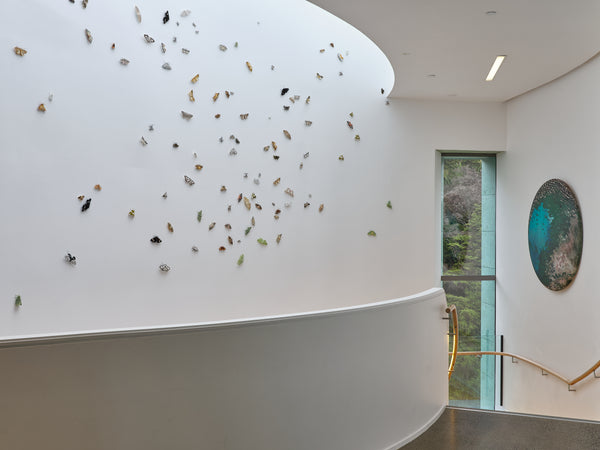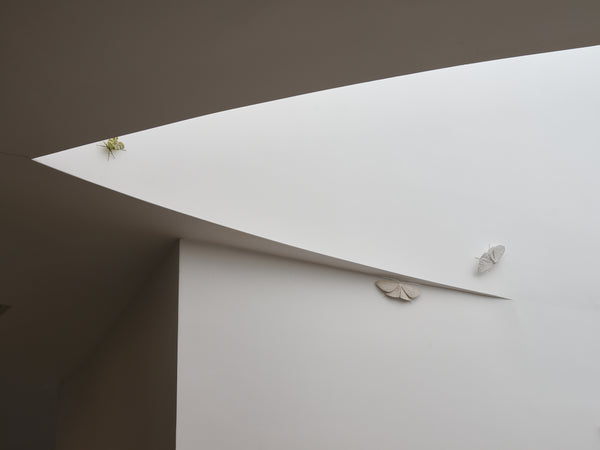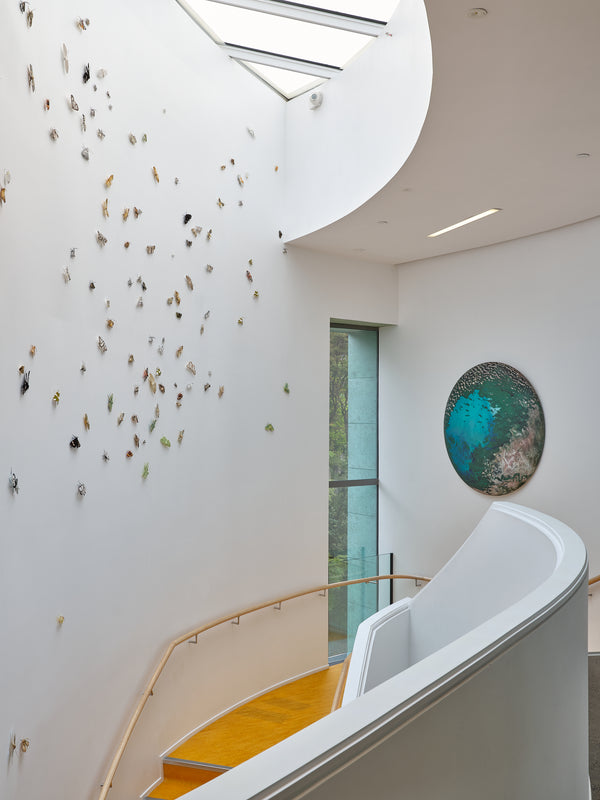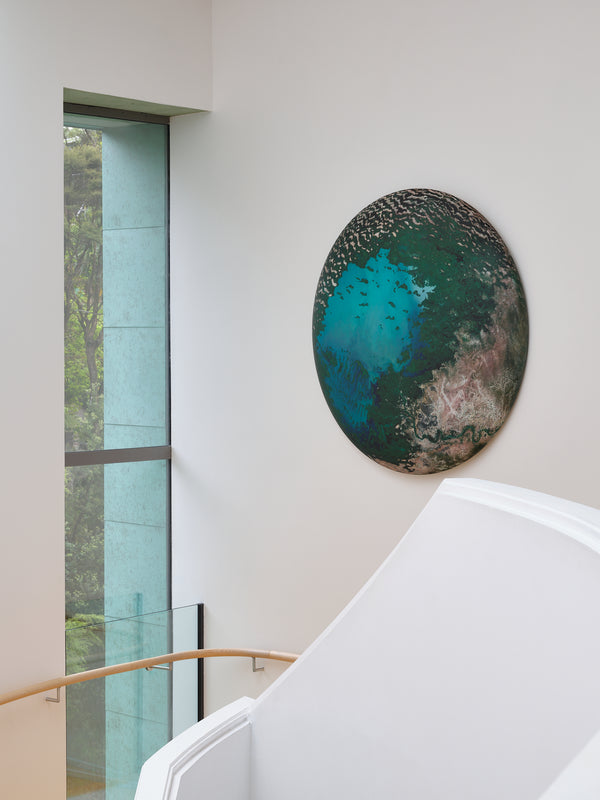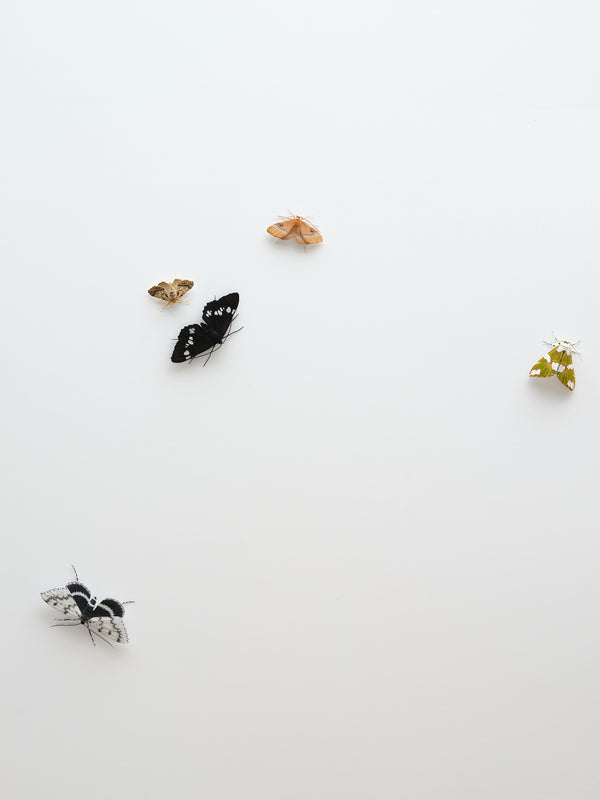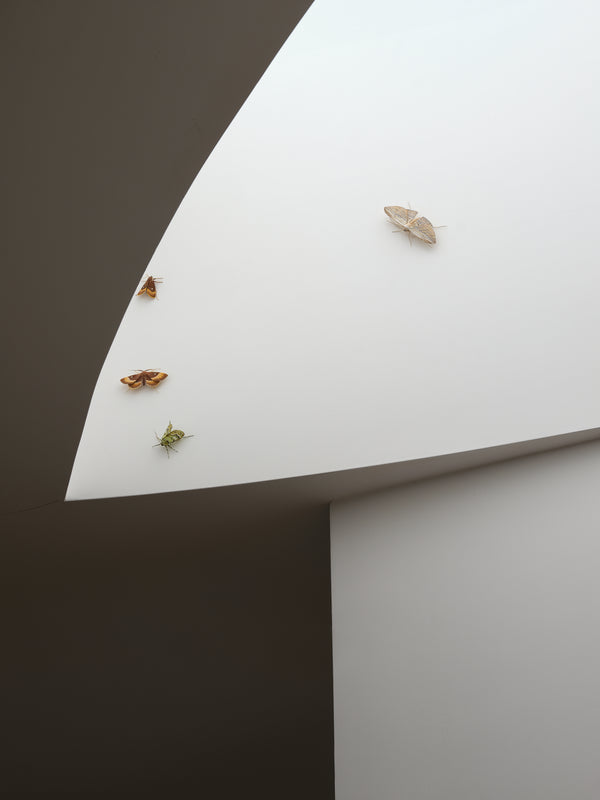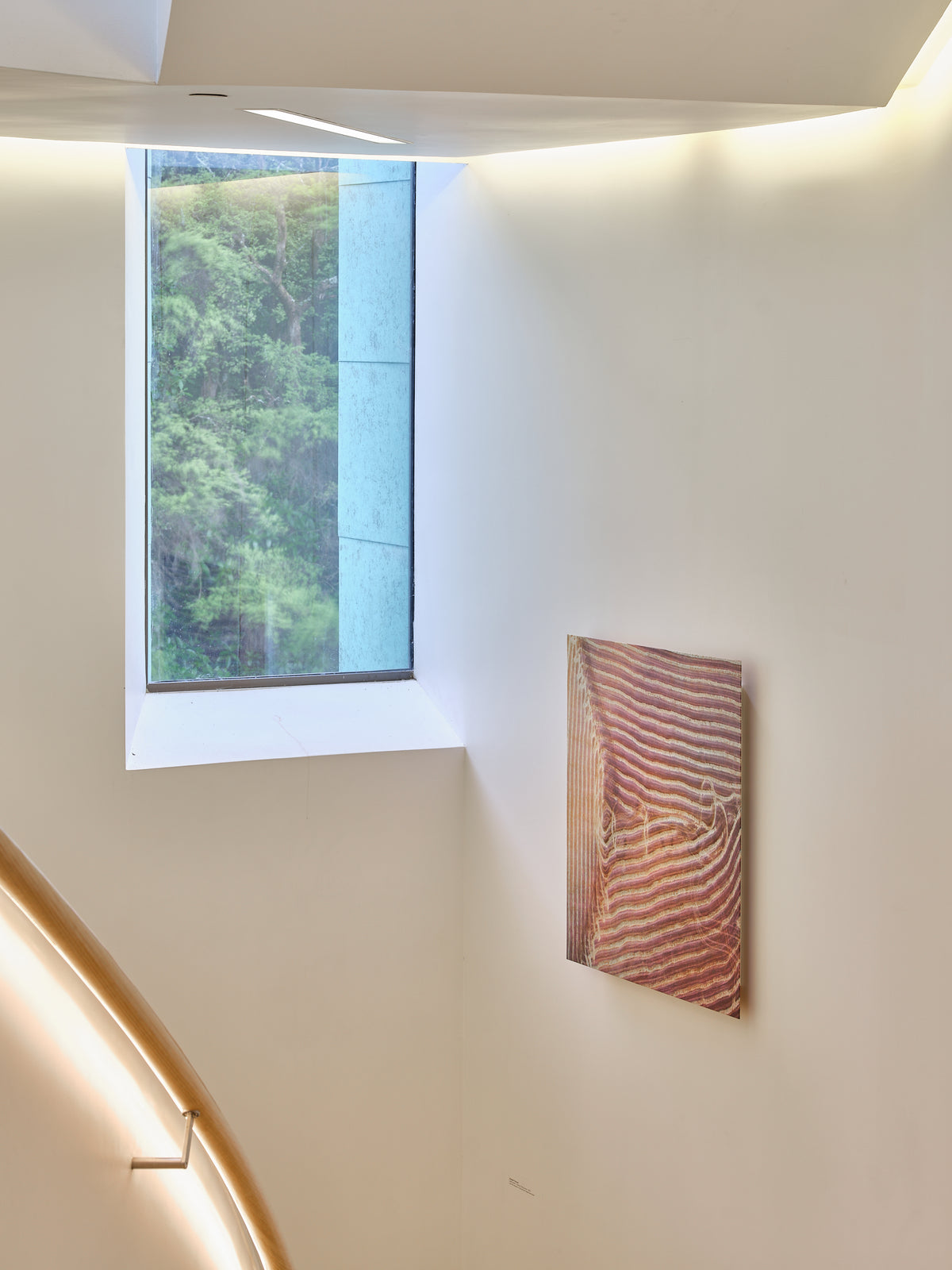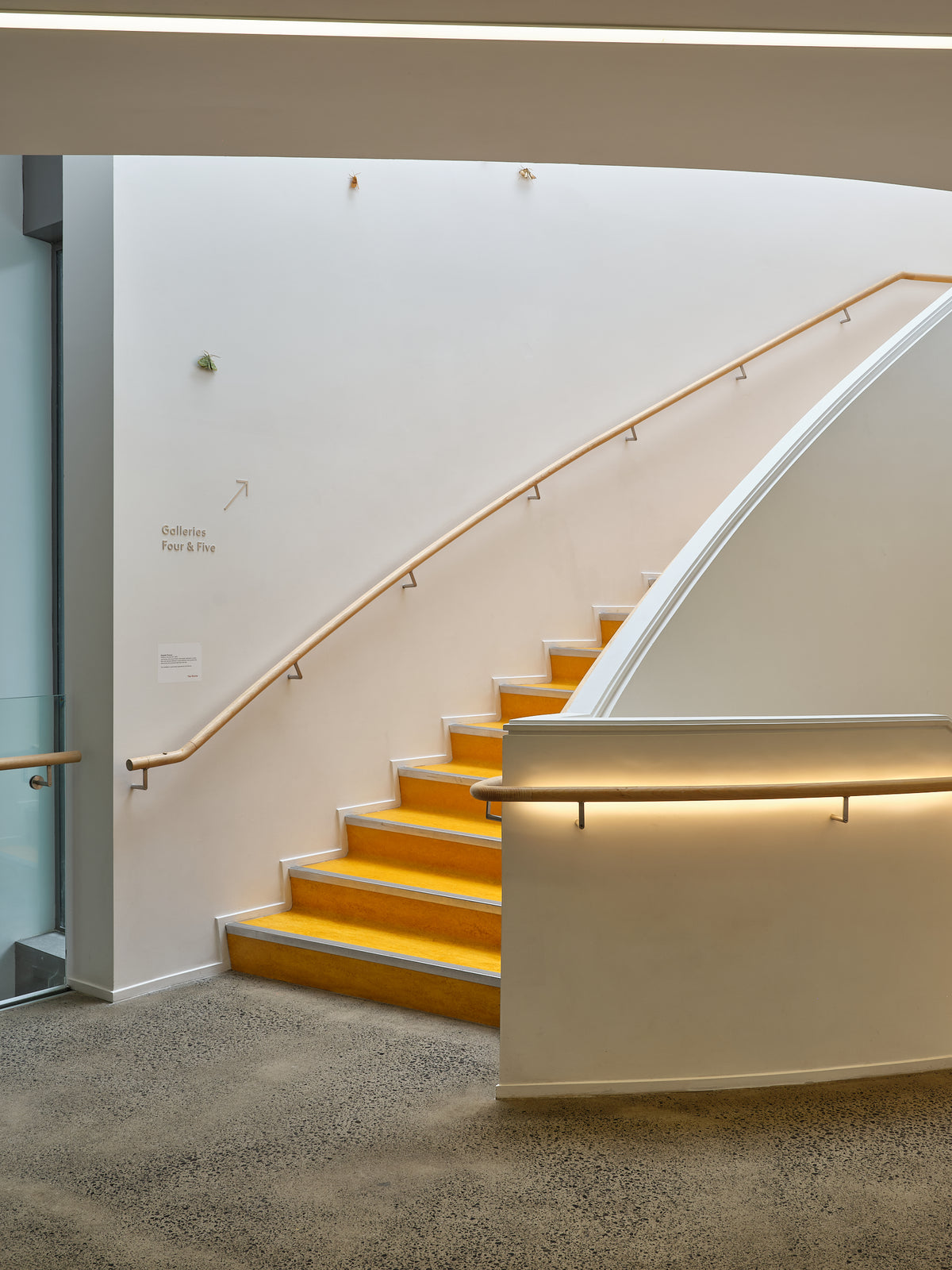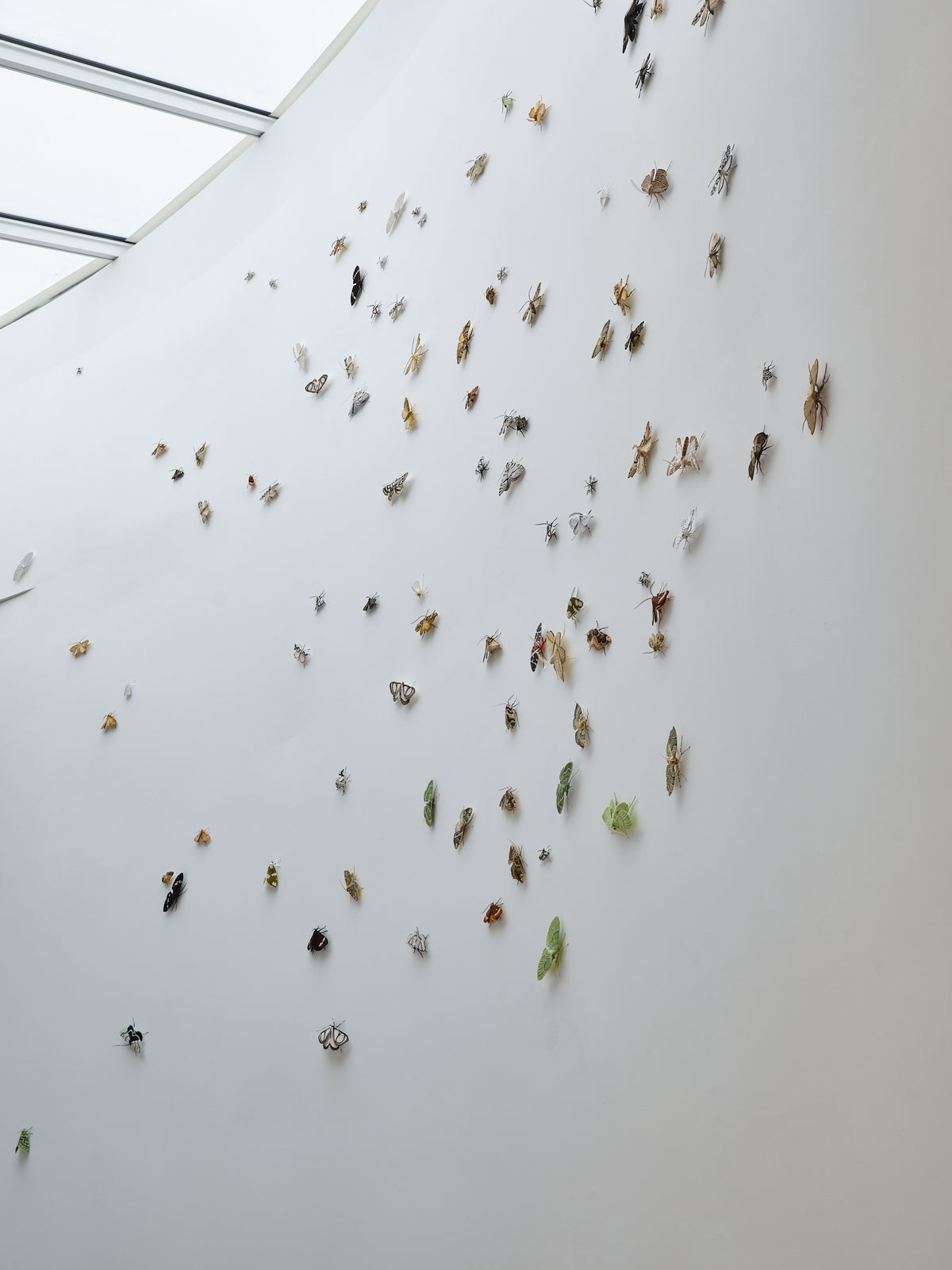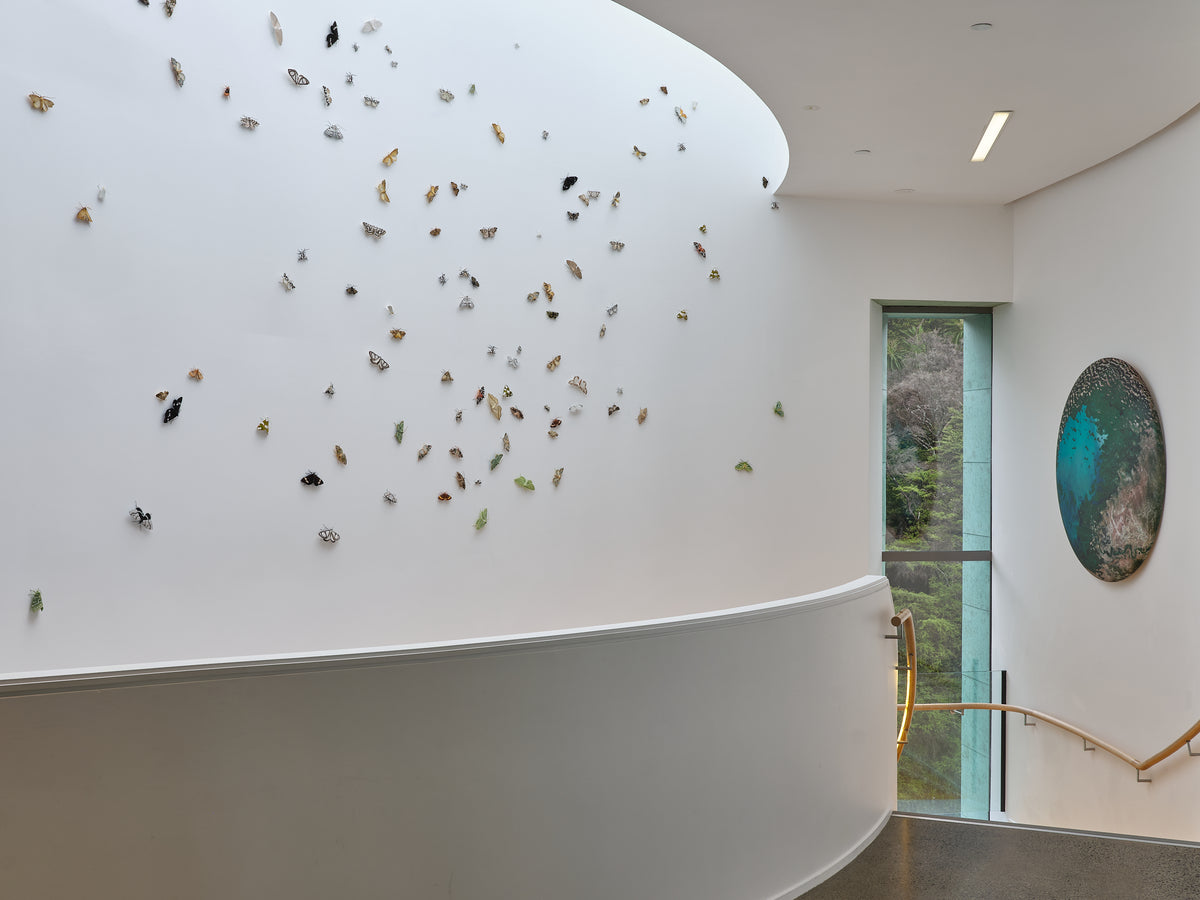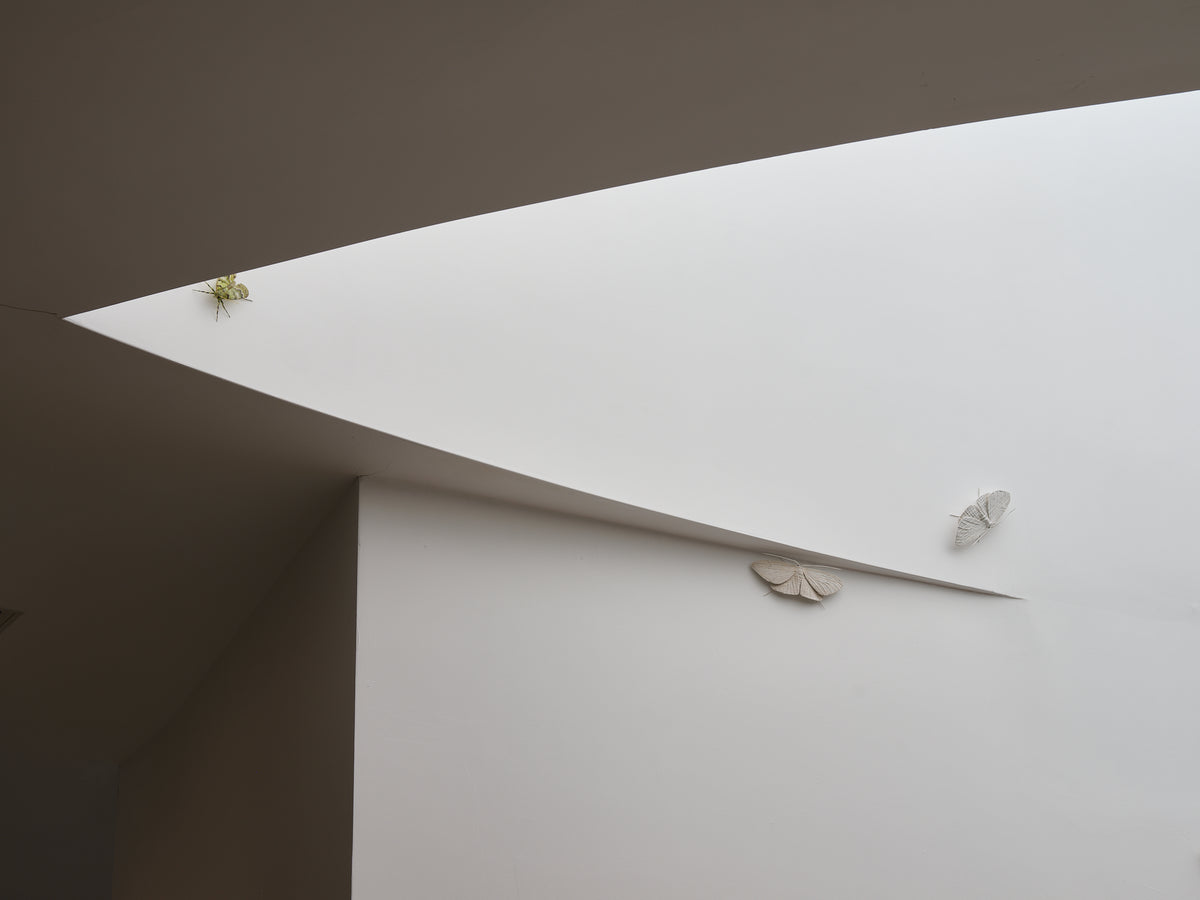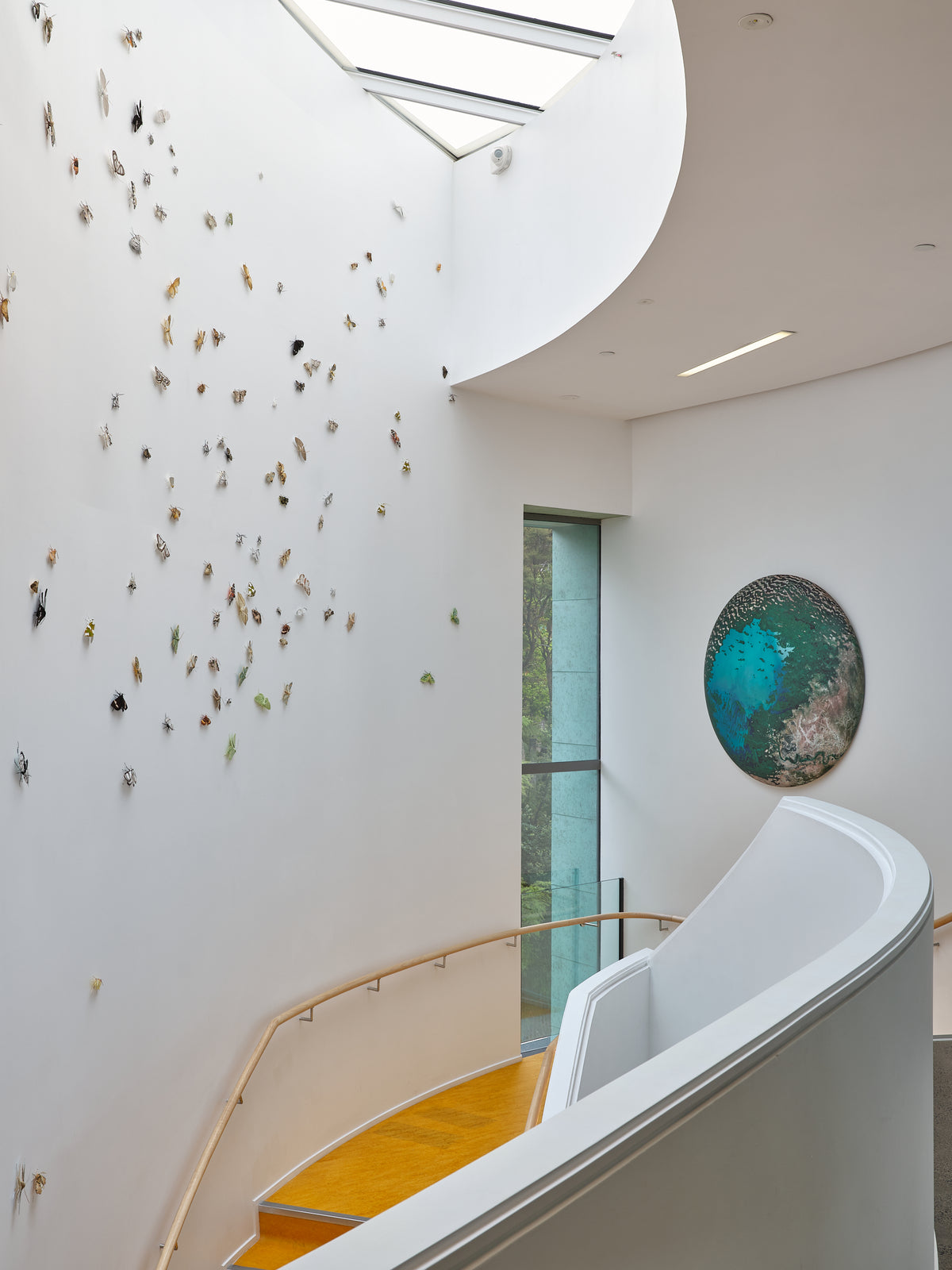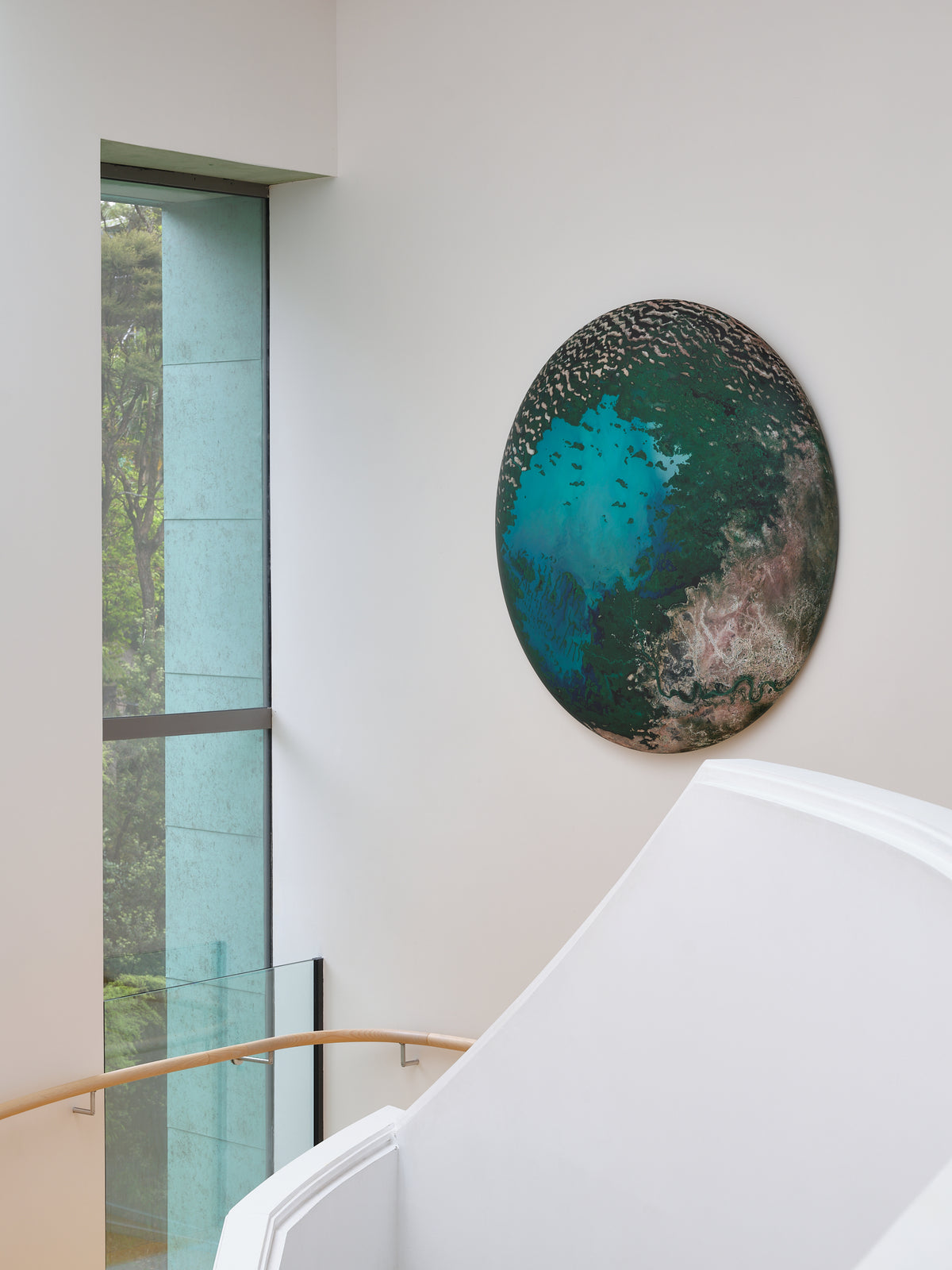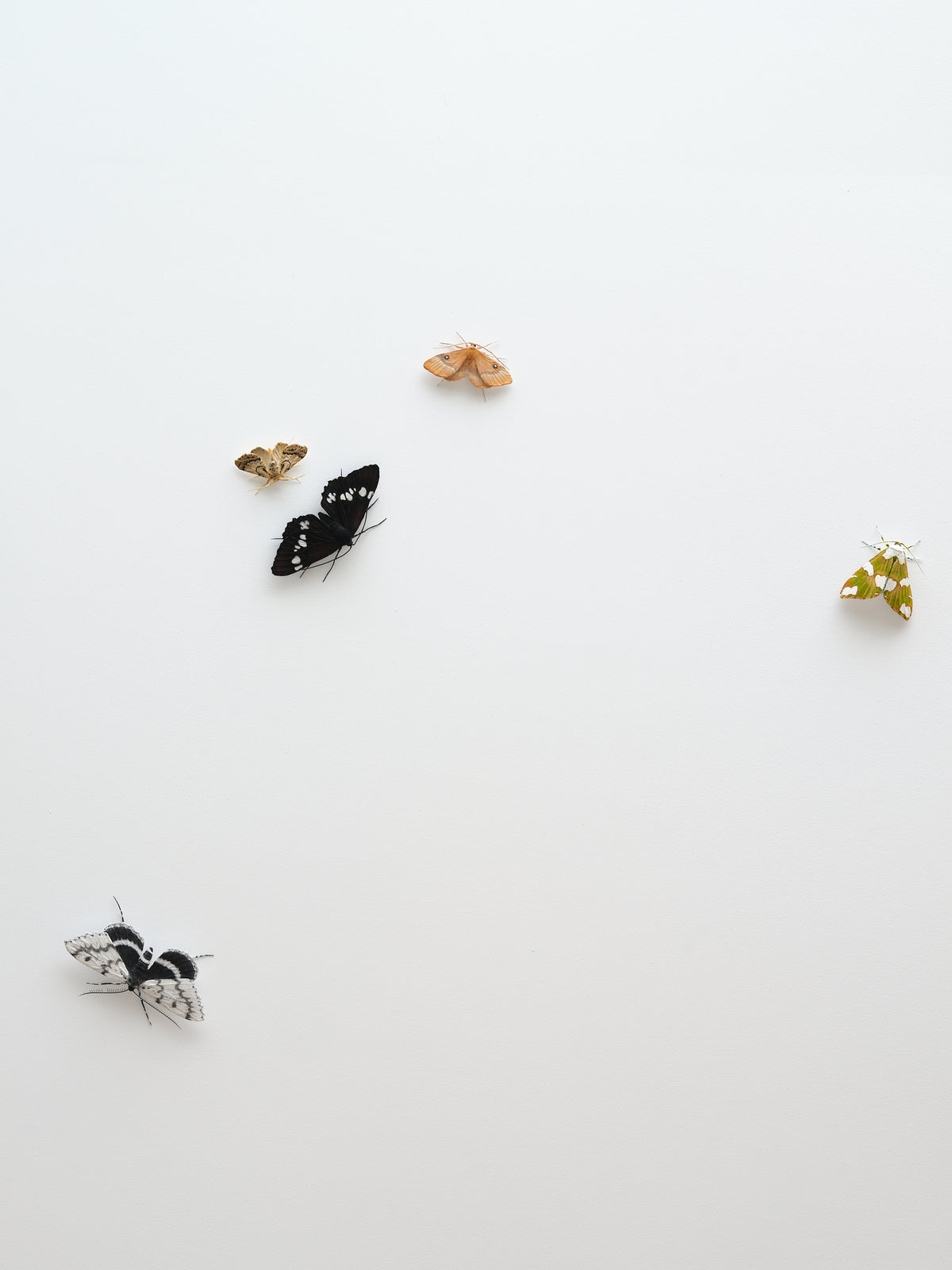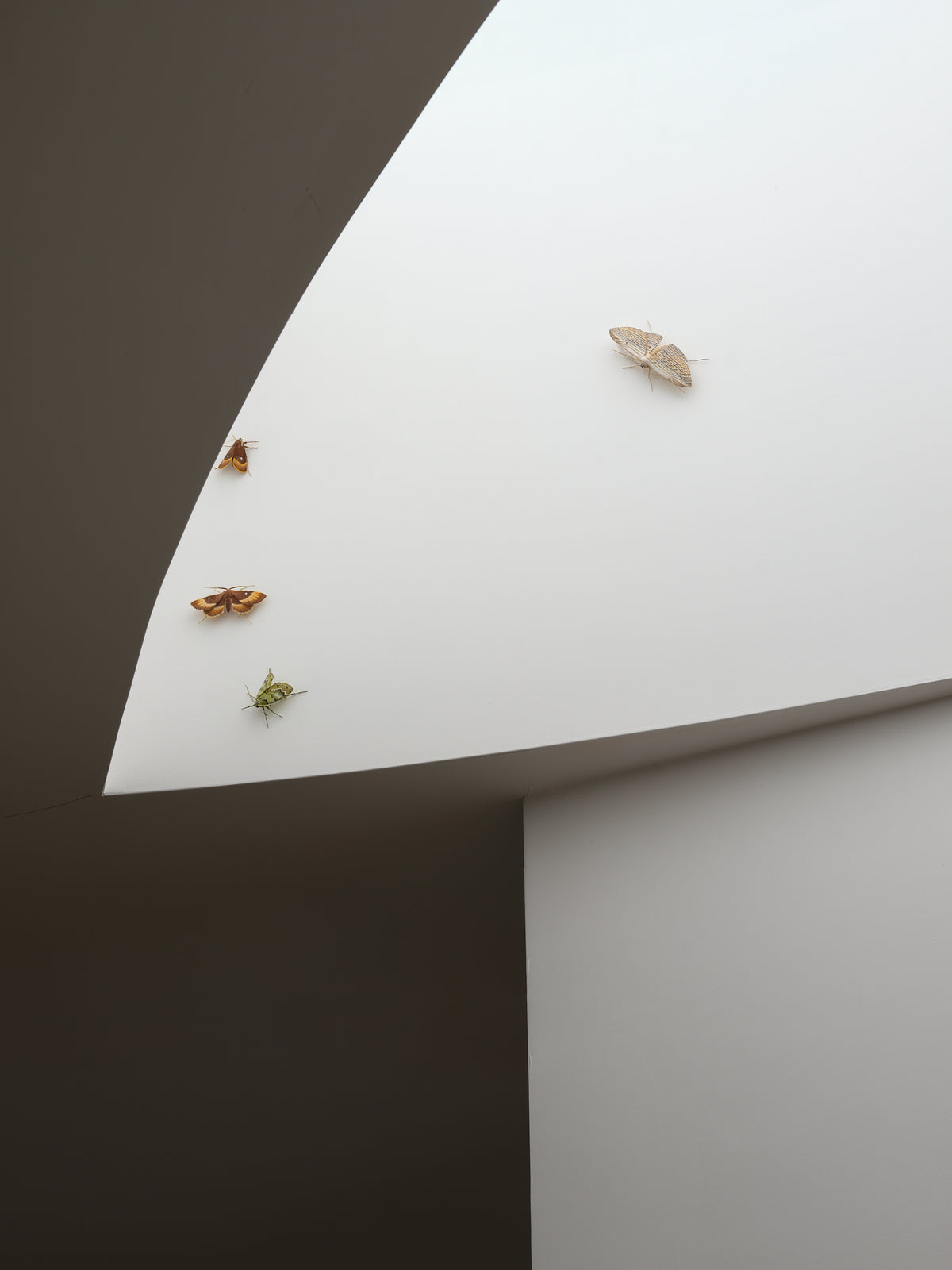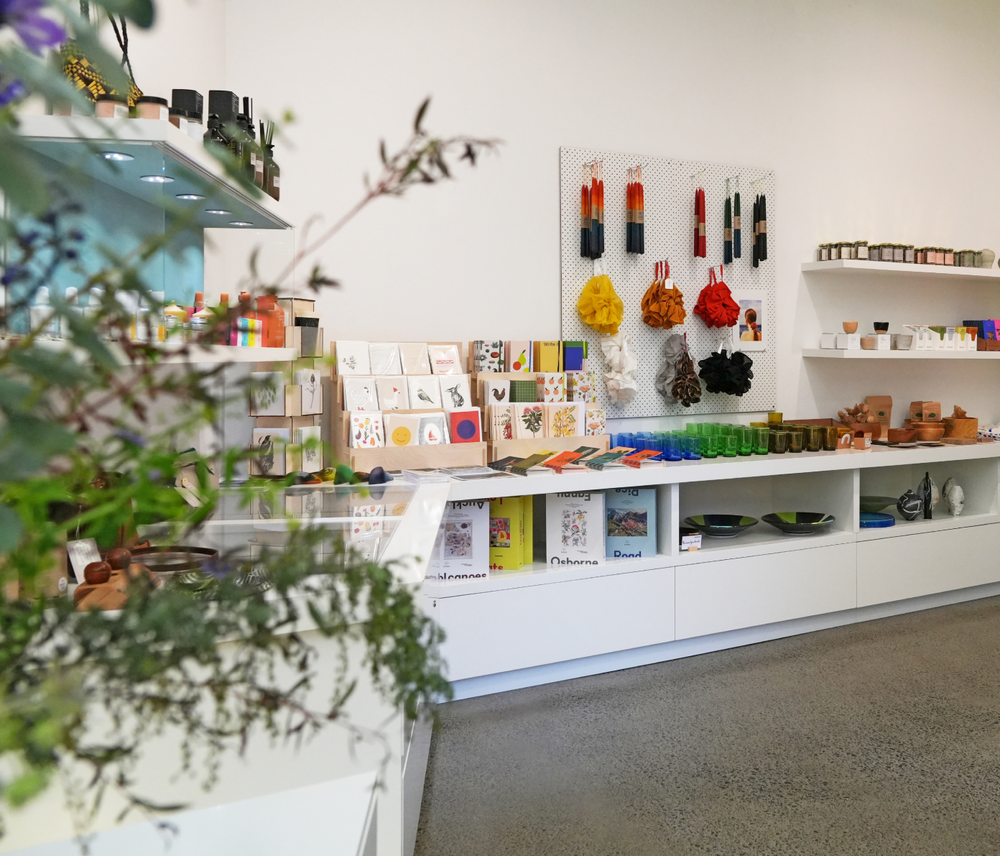Cellular memories and planetary designs: Three works by Elizabeth Thomson
Time and location
10 December - 02 July 2023
Titirangi-born Elizabeth Thomson (born 1955) has devoted much of her career as a sculptor/visual artist to exploring both the order and randomness she finds not only in the physical world but in the fabric of human life and thought. As a special encore for the recent exhibition, Cellular memory, three works are exhibited in Te Uru’s distinctive spiral staircase and highlight three very different approaches to art-making, each of them bringing together elements from the methodology of sculpture, painting, photography and applied arts. Thomson’s works take the forms, colours and textures of the world around us and translate them into a visual language which is, at once, mysterious yet strangely familiar.Using manipulated photographic imagery printed onto a vinyl skin, which has then been mounted onto a moulded wooden backing, Lateral Series—Tracking/String Harvest (2022) evokes microscopic science and aerial views of cultivated fields while also alluding to the stringed instruments of many musical traditions. To similar effect, Tethys (2022) is at once worldly and other-worldly.Pūrēhua, Koromiko Rd (2022), the centrepiece of this stairwell project, was especially commissioned for Cellular memory at Te Uru with support from Two Rooms. This ethereal installation, with its subtle interaction with natural light and architecture, comprises nearly 200 unique moths, each of them constructed of bronze and meticulously hand-painted. For Thomson, the night visitors are synonymous with growing up adjacent to the Titirangi bush. Like the other two works on display, Pūrēhua, Koromiko Rd is both alluring and unsettling, melding imagination, memory and keenly observed reality.

